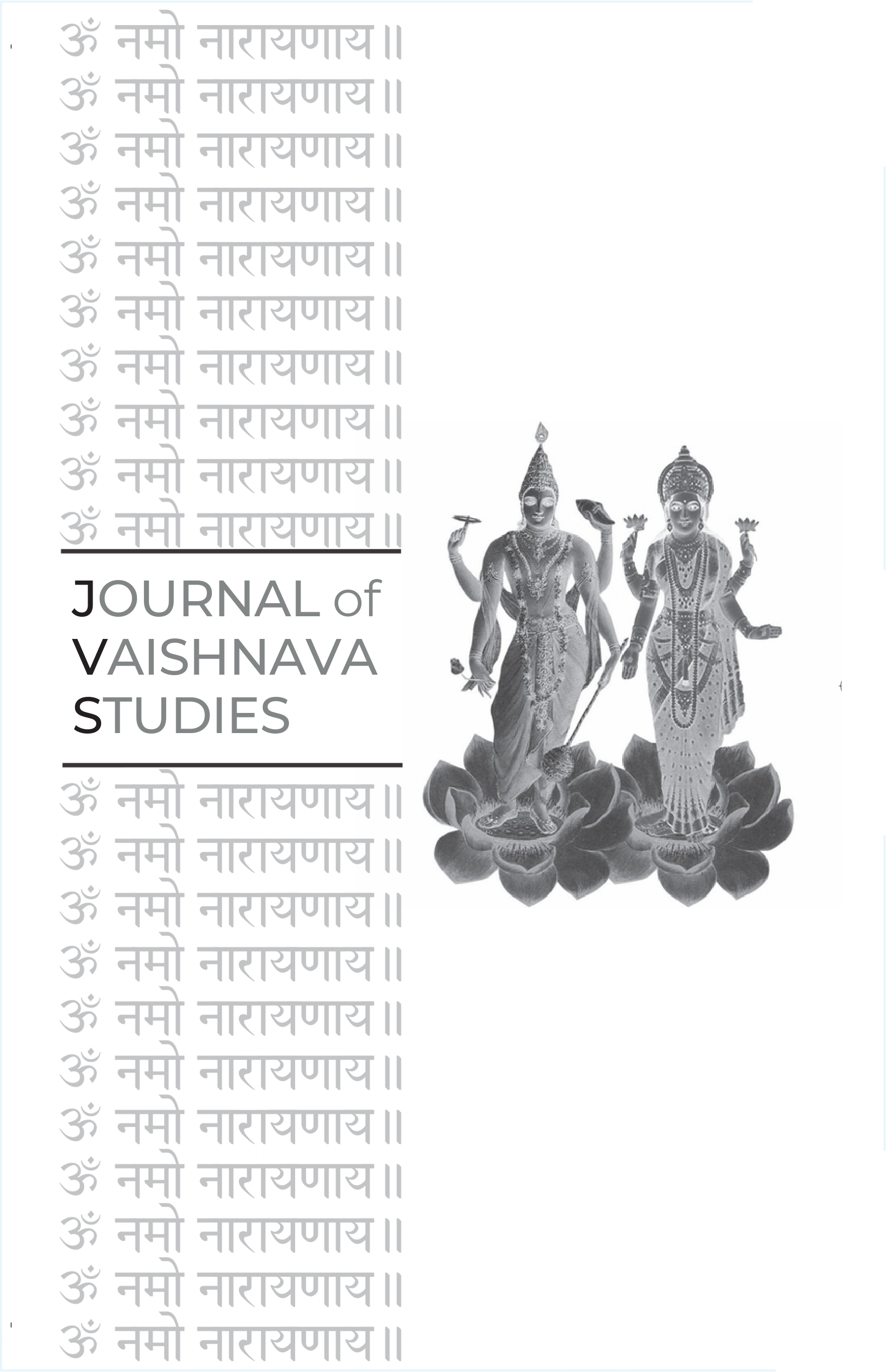The Many Flavors of The ramananda sampraday
Keywords:
Ramananda Sampraday, Vaiṣṇavism, Ramananda, Renunciant, Bhakti, Tapasya, Tantra, Ram, Sita, Rasik, Tyāgī, Nāgā, Sādhanā, Viśiṣṭādvaita, HinduAbstract
This article explores the Ramananda Sampraday, numerically the largest and one of the youngest major Hindu Vaiṣṇava traditions, distinguished by its exceptionally large renunciant wing. It discusses the probable origins and development of the sampradāya from Swami Ramananda (ca. 14th-15th c.), who, while influenced by Rāmānuja's Viśiṣṭādvaita, rejected caste and gender restrictions on discipleship, emphasizing individual spiritual paths. The article details the diverse sādhanā practices within the order, categorized as bhakti (devotion to Ram, in both saguṇ and nirguṇ forms, with liberation understood as freedom from attachments rather than rebirth), tapasya (austerities for self-purification), and tantra (practices for physical alteration or healing, primarily sāttvik). It also outlines the three main sub-divisions: the Rasik Sampraday (focused on intimate saguṇ devotion to Sita-Ram, often with gender fluidity), the Tyāgī Akara (premier ascetics known for rigorous tapasya and nirguṇ bhakti), and the Nāgā Akara (historically defensive, now focused on physical training and Rāmnām). The article highlights the sampradāya's enduring commitment to individual spiritual freedom and its evolving role in contemporary Hinduism.Published
2019-06-20
Issue
Section
Articles





